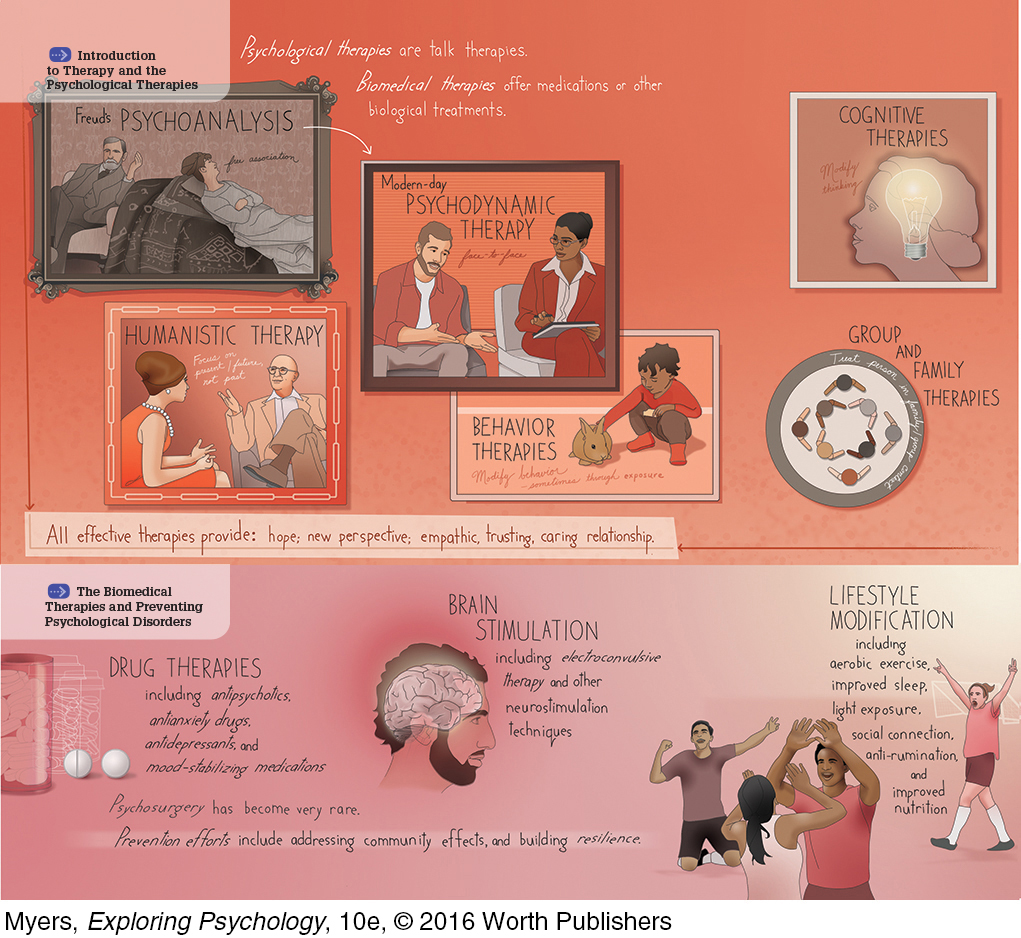Chapter 15 Introduction

Jaroslaw Wojcik/iStock/360/Getty Images
Page 569
KAY Redfield Jamison, an award-winning clinical psychologist and world expert on the emotional extremes of bipolar disorder, knows her subject firsthand. “For as long as I can remember,” she recalled in her memoir An Unquiet Mind, “I was frighteningly, although often wonderfully, beholden to moods. Intensely emotional as a child, mercurial as a young girl, first severely depressed as an adolescent, and then unrelentingly caught up in the cycles of manic-depressive illness [bipolar disorder] by the time I began my professional life, I became, both by necessity and intellectual inclination, a student of moods” (1995, pp. 4–5). Her life was blessed with times of intense sensitivity and passionate energy. But like her father’s, it was also at times plagued by reckless spending, racing conversation, and sleeplessness, alternating with swings into “the blackest caves of the mind.”
Then, “in the midst of utter confusion,” she made a sane and profoundly helpful decision. Risking professional embarrassment, she made an appointment with a therapist, a psychiatrist she would visit weekly for years to come:
He kept me alive a thousand times over. He saw me through madness, despair, wonderful and terrible love affairs, disillusionments and triumphs, recurrences of illness, an almost fatal suicide attempt, the death of a man I greatly loved, and the enormous pleasures and aggravations of my professional life…. He was very tough, as well as very kind, and even though he understood more than anyone how much I felt I was losing—in energy, vivacity, and originality—by taking medication, he never was seduced into losing sight of the overall perspective of how costly, damaging, and life threatening my illness was…. Although I went to him to be treated for an illness, he taught me … the total beholdenness of brain to mind and mind to brain (pp. 87–88).
“Psychotherapy heals,” Jamison concluded. “It makes some sense of the confusion, reins in the terrifying thoughts and feelings, returns some control and hope and possibility from it all.”
In this chapter, we consider some of the healing options available to therapists and the people who seek their help. 


